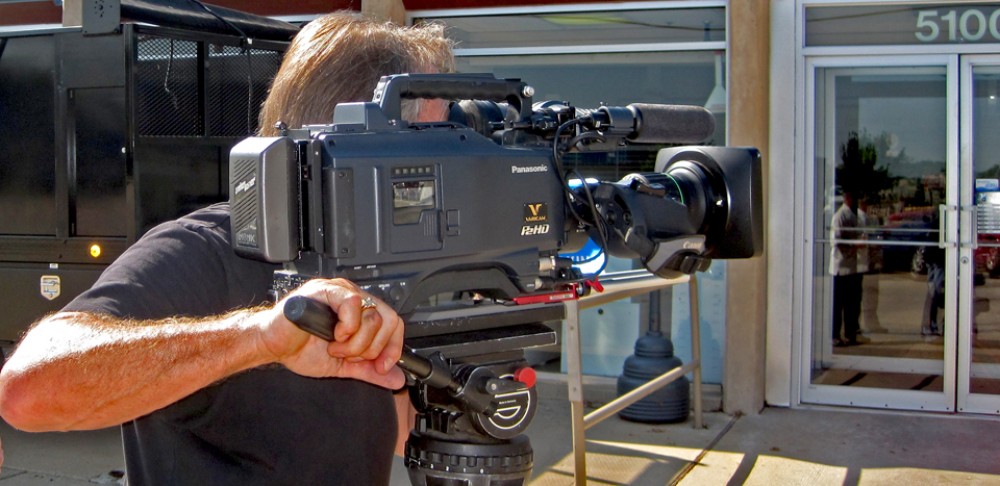Do you need to train more employees, but are unable to keep up with the demand for training? Or do you have trainers who are not able to train all the employees because of time constraints and availability? In both cases, creating instructional videos is a great solution. Instructional videos will make it easier for employees to learn new skills on their own time. These videos can be used for initial employee training as well as ongoing reinforcement. Creating instructional videos is a simple way to give your employees the one-on-one training they need. Here’s how you can create instructional videos that meet your specific needs.
What is an Instructional Video?
An instructional video is a recording of an activity or process that is designed to educate or train viewers. These types of videos are used in many different industries and settings, including online courses, corporate training videos, and coaching and mentoring content. Instructional videos can be live-action videos, animated videos, or a combination of both. When creating an instructional video, you’ll need to decide on the type of video that best meets your needs. There are three main types of instructional videos: instructional, how-to, and demonstration.
Write a Script
A script is a key step in the process for creating a high-quality video. Without a script, you may run the risk of creating a video that doesn’t have a clear message or that is too long. Your script should be based on the training needs of your employees. Depending on the type of instructional video you are creating and the information you want to include, the script will be different. In most cases, you’ll want to keep your script short. Aim for between 60 and 90 seconds per video. When writing your script, make sure to include the following elements: – Introduction: Include an opening that clearly states the topic of your video and the reason it’s being created. This introduction should also be written in a way that grabs the attention of your audience and encourages them to keep watching. – Audience and context: Next, you’ll want to address your audience and include some information about the context of your video. This is where you might include a few details about the company or industry that your video will be used for. – Key points: In this section, list the key points you want to cover in your video. You can include more than one key point if necessary. Make sure to include enough detail to thoroughly cover each key point. – Closing: End your video by summarizing the key points you covered and reminding your audience of any takeaways you’d like them to remember. This part of your script should be short and to the point.

Find the Right Filming Location
There are a few different factors to consider when choosing the filming location for your instructional video. First, consider the message you want to send by filming at a specific location. If you’re creating an instructional video for your employees, you might want to film the video at your office location. You should also consider the availability of the filming location and whether or not it’s accessible to everyone. Make sure to account for any accessibility issues when choosing a filming location. Finally, you’ll want to take into account the equipment needed for filming. Depending on the type of video you’re creating, you’ll likely need a camera. For example, if you’re creating a live-action video, you’ll want a camera that supports filming in that setting.
Record Talking Heads of Employees Doing Their Job
If you’re creating a how-to or instruction video, you’ll likely want to include talking heads in the video. Talking heads are sections of a video that feature an employee or subject matter expert discussing a topic. You’ll want to record at least one talking head for each main point in your script. When recording the talking head, make sure the employee is in front of a plain background that doesn’t contain any distractions. When you’re recording the talking heads, have employees wear a blue shirt or something that stands out from the background. This will help you easily edit out the background in the final video.

Add Voice-Over and Sound Effects
Once you’ve recorded the video and have the necessary talking heads, you can move on to editing the video. During the editing process, you’ll want to focus on adding a voice-over and sound effects. When editing the talking heads, you’ll want to make sure you cut out any unnecessary material. You also want to move the talking head out of the frame as quickly as possible. This will help the video appear more seamless. When editing the voice-over, make sure to keep the narration short and succinct. You should also aim for a voice that works well with your company image. Plus, make sure the voice-over matches the energy of the video.
Conclusion
Creating instructional videos is a great way to train employees who are unable to attend in-person training sessions. These videos can also be used to provide one-on-one training for employees who excel at self-guided learning. To create high-quality instructional videos, you’ll need to write a script and record talking heads of employees doing their job. You’ll also want to add voice-over and sound effects during the editing process.
314-913-5626
Mike Haller
St Louis Video Producer
stlouiscameracrew@gmail.com
